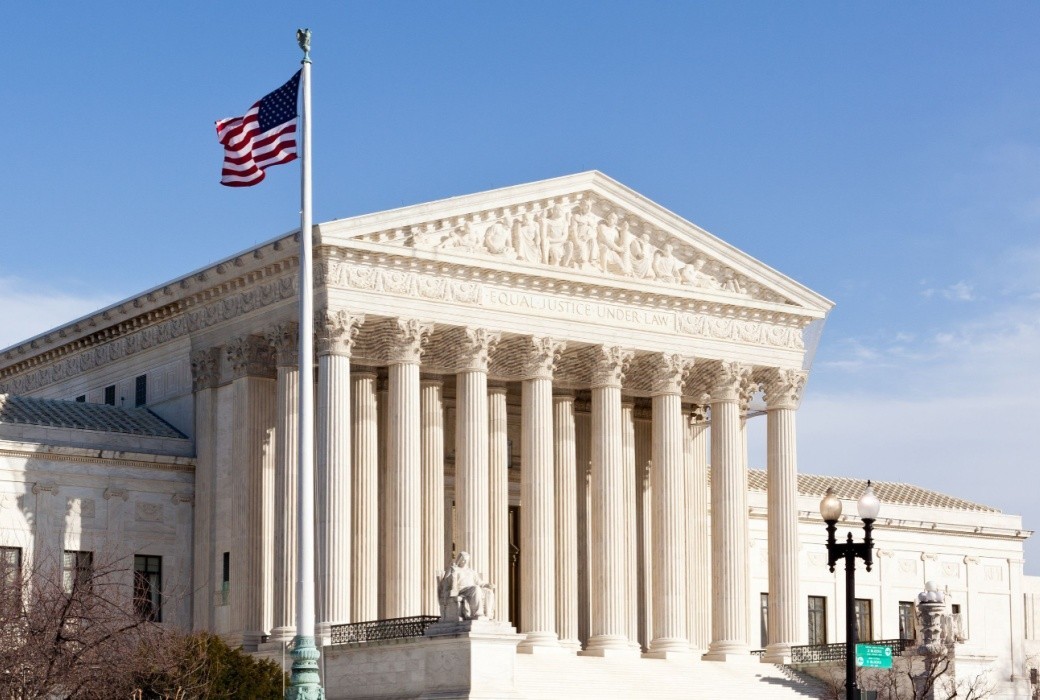
Chapter 11 proceedings under the US Bankruptcy Code (Chapter 11) are perhaps the most widely reported insolvency proceedings of modern times. Chapter 11 forms a crucial component of the US bankruptcy system, a process which has without doubt influenced non-US restructuring laws around the world.
And it is perhaps unsurprising, given the international reach of US corporations, that the long arm of US Federal Law brings the shadow of Chapter 11 proceedings into the offshore world. US bankruptcy courts wield substantial influence beyond national borders. Non-US companies may seek out or find themselves subject to Chapter 11 proceedings due to their global operations.
And “Chapter 11 proceedings are on the rise” says Bloomberg – which recently reported that since 31 March 2024, nine large corporations filed substantive Chapter 11 cases, including two telecoms and two pharmaceutical companies.
Chapter 11 bankruptcy allows businesses to reorganise their debts by agreeing a ‘plan of reorganisation’ or ‘plan of liquidation’, or both, while continuing operations as a ‘debtor in possession’. It provides a mechanism for companies to restructure their finances, renegotiate contracts, and emerge from bankruptcy as a viable entity, all undertaken under the protection of the court, which may also include sanctioning special finance arrangements to fund the process.
The court referees the Chapter 11 process and is the arbiter in approving a reorganisation plan. It will guard creditors’ interests and statutory priority rights throughout the process. An approved plan or plans (sometimes referred to as a Term Sheet) will bind creditors and other parties into new contracts that reflect the terms of the plan.
Chapter 11 focuses on rehabilitation and preserving the business where possible. Similar processes from other jurisdictions include:
Automatic Stay: Upon filing for Chapter 11 an automatic stay goes into effect, halting all actions and lawsuits worldwide against the debtor. This provides breathing room for the company to formulate a restructuring or liquidation plan without facing immediate creditor pressure.
Reorganisation Plan: The debtor formulates a reorganisation plan outlining how it intends to deal with creditors of various classes and continue operations profitably. The plan typically involves restructuring debts, selling assets, and renegotiating contracts.
Creditor Committees: In complex cases, the court may appoint committees to represent various classes of creditors to negotiate with the debtor and participate in the restructuring process.
Trustees: In some Chapter 11 cases a trustee will be appointed by the court upon certain findings. The trustee’s responsibilities can include reviewing the debtor’s petition and schedules and bringing actions against creditors or the debtor to recover property of the bankruptcy estate.
Confirmation Hearing: Once a reorganisation plan is drafted, it must be approved by the court at a hearing. Creditors then vote on the plan and, if approved, the court confirms it, binding all parties to its terms. A plan can be imposed on dissenting creditors and, indeed, whole classes of creditors, in furtherance of a fair distribution of assets.
Emergence from Bankruptcy: Upon confirmation, the debtor implements the reorganisation plan. If successful, the company emerges from bankruptcy as a reorganised entity, ideally with a sustainable financial structure.
Whether in the US or beyond, the convergence of crypto assets and insolvency remains a fascinating frontier.
The industry faces unique challenges, as well as more commonplace adversities, that can result in financial difficulty. These challenges include extreme market volatility, regulatory uncertainties, irregular fee income, and inherent technological risks.
Unlike traditional businesses, crypto asset companies operate in a rapidly evolving environment which may include decentralised control and decision-making bodies. As a result, they can grapple with managing liquidity issues and sudden price fluctuations as well as the requirement for robust risk management and corporate governance within the business.
Since its emergence the crypto-sphere has also been an irresistible magnet for scammers, fraudsters and hackers operating brazenly in what remains from a global perspective a lightly regulated sector.
And so it is perhaps no surprise that many crypto asset businesses have experienced a Chapter 11 process. By way of example:
Celsius – Impacted by the collapse of Three Arrows Capital (itself a cryptocurrency hedge fund) Celsius filed for Chapter 11 protection in July 2022 and after something of a roller coaster has obtained approval to repay creditors and continue as a new company out of bankruptcy.
Voyager – Similarly afflicted Voyager entered Chapter 11 and a liquidation plan was approved to return 35% of crypto asset deposits after a failed buyout by Binance did not proceed.
FTX – Most infamously late 2022 saw FTX group companies petition the court for Chapter 11 protection as its erstwhile CEO and convicted felon Sam Bankman-Fried exited leaving a multi-billion dollar deficit, bringing down BlockFi (which owed its 100,000 creditors $10bn including $275m to FTX) and others with it. As a result of the Chapter 11 process and (leaving aside the aberration of trying to resurrect the platform), customers of FTX are now looking at a substantial recovery, whereas under a shut-down liquidation scenario, the outcome could have been considerably worse.
It is notable that successes through these crypto Chapter 11 processes are credited to extensive collaboration, cooperation and transparency between the debtor company and its legal counsel, creditors and committees and their counsel, and the bankruptcy courts themselves. This is as it should be and is a testament to the professionalism of all those involved.
I have no doubt that despite the recent rebound in crypto markets we will see more Chapter 11 restructurings involving crypto asset businesses. These entities (and their advisors) will continue to navigate financial and compliance challenges within an environment that is continually innovating and is not without significant risk. Where restructuring across borders becomes a factor, tensions between jurisdictions will continue to challenge courts, companies and creditors, requiring a careful and considered approach in all cases.
More Begbies Traynor Articles
Contact Begbies Traynor Group

You're in Safe Hands
Article Archive
Article Categories